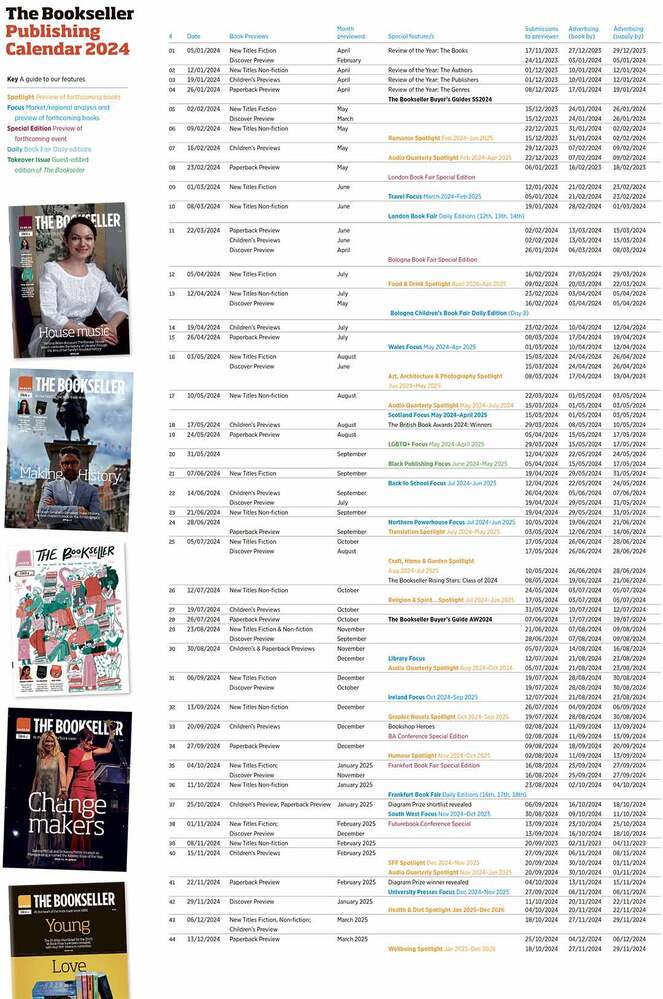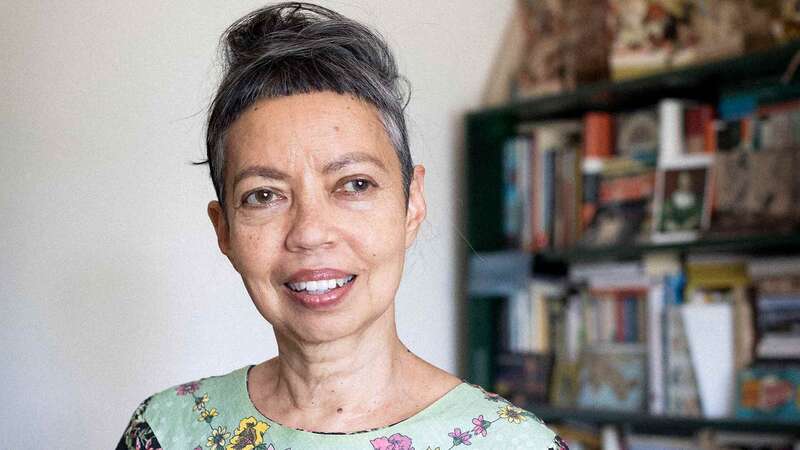You are viewing your 1 free article this month. Login to read more articles.
Sequoia Nagamatsu | 'Speculative fiction can open a dialogue'
 Caroline Sanderson
Caroline SandersonCaroline Sanderson is a non-fiction writer, editor and books journalist. Her books include a travel narrative, A Rambling Fancy: in the F ...more
Sequoia Nagamatsu’s bold first novel imagines how future humans might grapple with the fallout from climate change

Caroline Sanderson is a non-fiction writer, editor and books journalist. Her books include a travel narrative, A Rambling Fancy: in the F ...more
"Speculative fiction can open a dialogue. Not only about what the world could be, but also about what the world is now."
Via Zoom from his home in Minneapolis, Japanese-American writer Sequoia Nagamatsu is talking about his début novel How High We Go in the Dark. Spanning both generations and locales—including funerary skyscrapers, hotels for the dead and interstellar spaceships—it opens in the very near future as a deadly virus is released from the Siberian permafrost with the unearthing of the 30,000-year-old remains of a girl. The plague it unleashes reshapes life on earth for centuries to come, and as the book moves forward in time, we bear witness to how future humans go about mourning their losses and adjusting to the realities of life on a critically wounded planet, while seeking the love and connection humans have forever craved.
All these alternative funerary practices naturally entered my writing because I have always been interested in loss and grief and how differently people react to it. I always thought that was a very dynamic way of looking into the human condition
This visionary novel, composed of intricately inter-linked stories, was one of Bloomsbury editor-in-chief Paul Baggaley’s first acquisitions after he joined the company in 2020. Baggaley calls the novel “extraordinarily prescient” and says it gave him the “same sense of excitement” that he felt on reading Emily St John Mandel’s Station Eleven. Given the Covid-19 pandemic, the prescience of How High We Go in the Dark is not in doubt. But the origins of the novel go back 10 years, to a period when Nagamatsu was living in Japan, trying to “reassess his life” in the wake of his grandfather’s death. (His father, to whom the novel is dedicated, died earlier this year.) “I was living in a different part of US from my family and they didn’t tell me that my grandfather had died until months later. I knew he was sick and I was seriously thinking about quitting my job and going home to help, but I knew I would also have to deal with a lot of family drama, so I didn’t. Consequently I felt really guilty at not having said goodbye. And so when I moved to Japan, death and grieving were on my mind.”
Once there, he found himself reading English-language newspaper articles about the ageing Japanese populace and the huge problem of what to do with the deceased when there is no room to build new cemeteries or temples. “There are funeral skyscrapers in Tokyo,” Nagamatsu tells me, “and mortuary expos which offer families the chance to share an urn, for example. All these alternative funerary practices naturally entered my writing because I have always been interested in loss and grief and how differently people react to it. I always thought that was a very dynamic way of looking into the human condition.” And indeed, the chapter in How High We Go in the Dark entitled “Before You Melt Into the Sea”, about an ice sculpture lovingly created from the liquified remains of a plague victim in the 2040s, is one of the most memorable things I’ve read this year.
The novel also folds in Nagamatsu’s knowledge of anthropology, gained through his major in college; the environmental activism he embarked on in his student years; and cosmic elements derived from his abiding love of “Star Trek” and the work of Carl Sagan. It also takes in a kind of creation story, born of an interest in Japanese folklore and pop culture that also inspired his first published book, the short story collection Where We Go When All We Were is Gone.
Engaging with online writing groups while in Japan, Nagamatsu began to write late at night after his day job as an English teacher, and soon his work began to find an audience, with one of his stories selected for a New Internationalist anthology. While elements of How High We Go in the Dark date from this time, it wasn’t until some years later that the novel began to come together, after a conversation with his literary agent, Annie Hwang at Ayesha Pande Literary Agency—who felt there was a “bigness” running through his various writing “experiments”.
Pushing on
Another catalyst was a 2014 Atlantic article about scientists prodding around in Siberia, uncovering ancient viruses from the permafrost. “That really fascinated me.” But, Nagamatsu tells me, he never wanted to write the novel equivalent of “Outbreak”, the movie. “I didn’t want Dustin Hoffman to save the day. I was much more interested in how the re-emergence of an ancient virus might enable me to zoom in on families and on society, to look at how we navigate climate change, and the death and grief and loss that comes as its consequence.”
Now an assistant professor at St Olaf College in Minnesota, Nagamatsu was born in southern California, and spent much of his childhood in Hawaii, an experience which he says gave him “a very particular view of race and class. I never thought of myself as Japanese or as a minority because everybody in Hawaii is Asian or Hawaiian or mixed race. It wasn’t until I went to college in Iowa that I started to think about my own identity.” Once back in California, Nagamatsu began to insert himself in the Asian-American arts scene, out of a desire to highlight the diversity of Asian lives. This desire is evident from the cast of characters in How High We Go in the Dark, which moves between the US and Japan as well as through outer space. During the pandemic, Nagamatsu also became conscious of growing anti-Asian-American sentiments in the wake of President Trump’s now infamous “Chinese virus” tweet, and consequently felt it was important to portray Asians “just living their lives, as well as being victims of the pandemic themselves”.
Nagamatsu is keen to move on from what he calls the tired debate about whether speculative fiction can also be literary fiction. “I think for a long time we lacked the language to address what speculative or fantasy fiction is. But it’s so important right now, because we are already living in the future.”
Book extract
"We need to understand what’s coming out of the ice as it melts”, Dave said. “Most of what we’re finding poses no threat to anything but amoebas, but that one per cent of uncertainty is why I’m out here. The more we know about these pathogens, the better we’ll be able to defend against them in the unlikely event they become a problem. Kind of like ignoring history. You can try, but it’ll probably bite you in the ass later. The more we know about where our illnesses come from, the better we can prepare”.
“And if you bring something back that’s in the one per cent?”
“We try to stop it getting out or we prepare people”, he said. “We get the world to wake up and pay attention to the fact that all this ice melting and the millions of years of shit it contains has to go somewhere”.
How High We Go in the Dark will be published by Bloomsbury in hardback (9781526637208, £16.99), e-book (9781526637208, £11.89) and audio (9781526642318, £26.99) on 18th January 2022.









